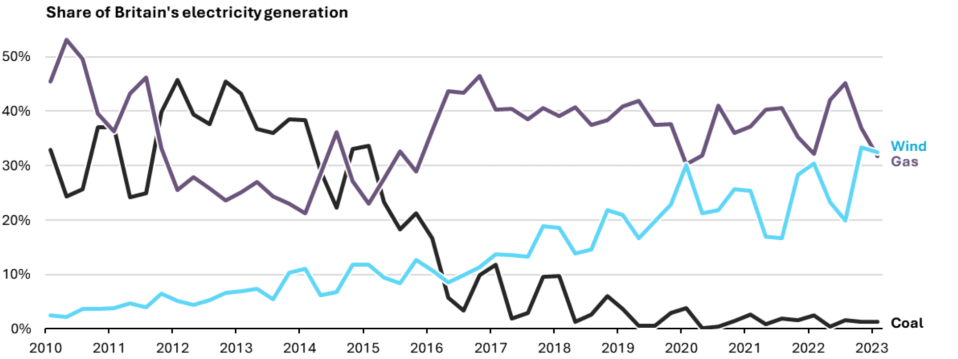Big Oil Could Face $12 Billion Bill To Clean Up Nigerian Spills
The clean-up of oil spills in Nigeria’s oil-producing Niger Delta could cost around $12 billion, and oil majors including Shell and Eni should be held responsible for most of the environmental pollution, a new report by a local commission showed on Tuesday.
The report by the Bayelsa State Oil & Environmental Commission said that decades of oil production has left the state of Bayelsa “in the grip of a human and environmental catastrophe of unimaginable proportions,” as carried by Bloomberg.
“The report finds failures of strategy, prevention, response and remediation by oil companies,” the commission said in the report, as quoted by Reuters.
A spokesperson for Shell’s Nigerian unit, Shell Petroleum Development Company of Nigeria Limited, told Reuters that Shell was not privy to the final report and could not comment on its findings.
Eni, for its part, attributed the oil spills in the Niger Delta to sabotage, oil theft to feed illegal refineries, and illegal exports. Still, Eni has moved to remedy all spills, a spokesperson told Reuters.
According to the report of the Bayelsa State Oil & Environmental Commission, there are “strong reasons to believe that the official statistics significantly and systematically over-state the number of leaks caused by sabotage while downplaying those attributable to other causes.”
Eni and Shell have been called out for years by human rights and environmental organizations for neglecting the clean-up of oil spills in the Niger Delta.
For example, Amnesty International said back in 2018 that its researchers “have identified that at least 89 spills may have been wrongly labeled as theft or sabotage when in fact they were caused by ‘operational’ faults.” Of these, 46 were from Shell and 43 from Eni.
Earlier this year, the Nigerian upstream watchdog said that metering errors account for around 40% of the crude oil losses in Nigeria’s production generally attributed to oil theft.
WTO Chief: Nigeria Can’t Rely On Oil & Gas Revenues
African OPEC producer Nigeria will have to prepare to diversify its budget revenues as oil and gas will not be its main source of revenues for much longer, according to Ngozi Okonjo Iweala, a Nigerian economist serving as Director General of the World Trade Organization (WTO).
“We need to start preparing now for a time when our oil and gas will no longer serve us as the main sources of revenue,” Iweala said at the Nigerian Governors’ Forum in Abuja this week, as carried by local media.
Nigeria has depended on the oil and gas sector for 90% of its export revenues and for 85% of government revenues in recent years.
Yet, the country has failed to capture the upside of soaring oil prices after the Russian invasion of Ukraine as investments in the Nigerian oil industry are drying up, and oil production is well below Nigeria’s quota per the OPEC+ agreement.
Addressing the governors’ forum, Iweala told the incoming governors of Nigerian states, “It is important that you governors start now to diversify your revenue sources. We ought to be seeking to double our growth rate and sustain that higher growth until we attain upper middle-income status.”
At the end of last year, the non-oil sector was running the economy of Africa’s largest oil producer, Finance Minister Zainab Ahmed said earlier this year. In the third quarter of 2022, the ICT and agricultural sectors contributed much more to the economy than oil and gas, whose contribution was just 5.66%, the minister added.
Currently, Nigeria is producing 1 million barrels per day (bpd) less than it can produce, the country’s federal government estimated last week.
The government cited a lack of investments, a shortage of funding sources because of the energy transition, and insecurity among the factors driving the much lower output compared to production capacity.
By Tsvetana Paraskova for Oilprice.com

